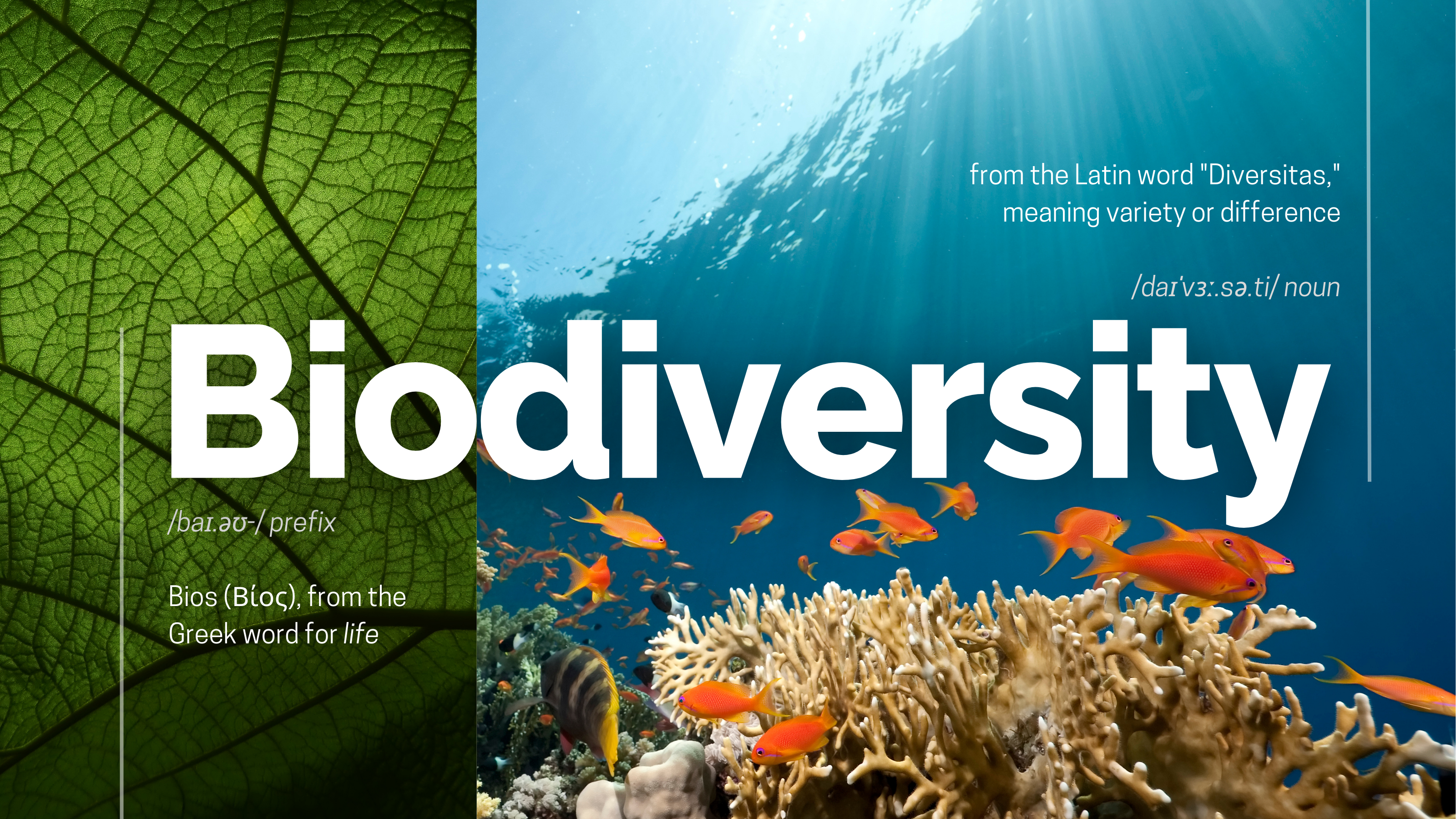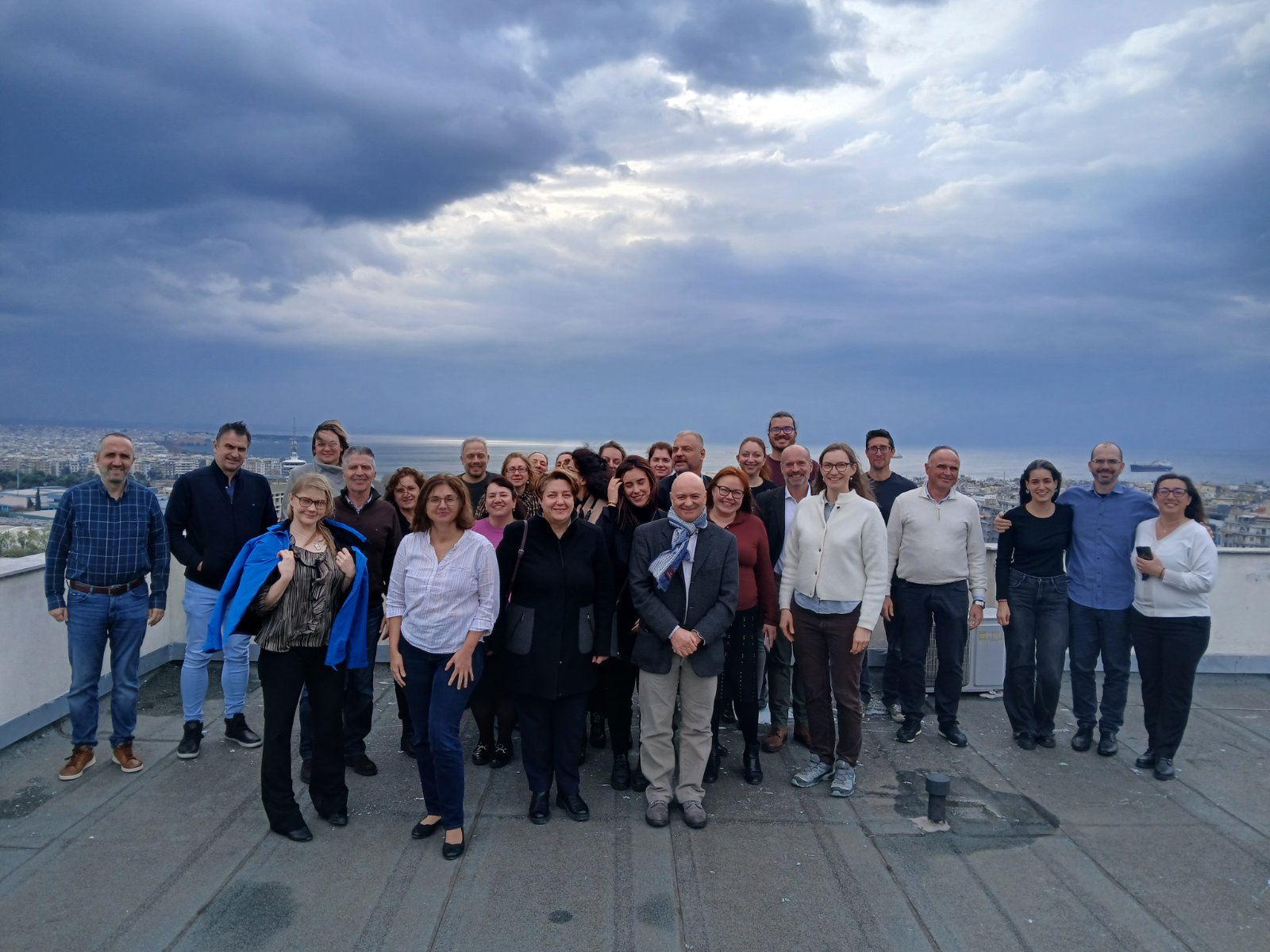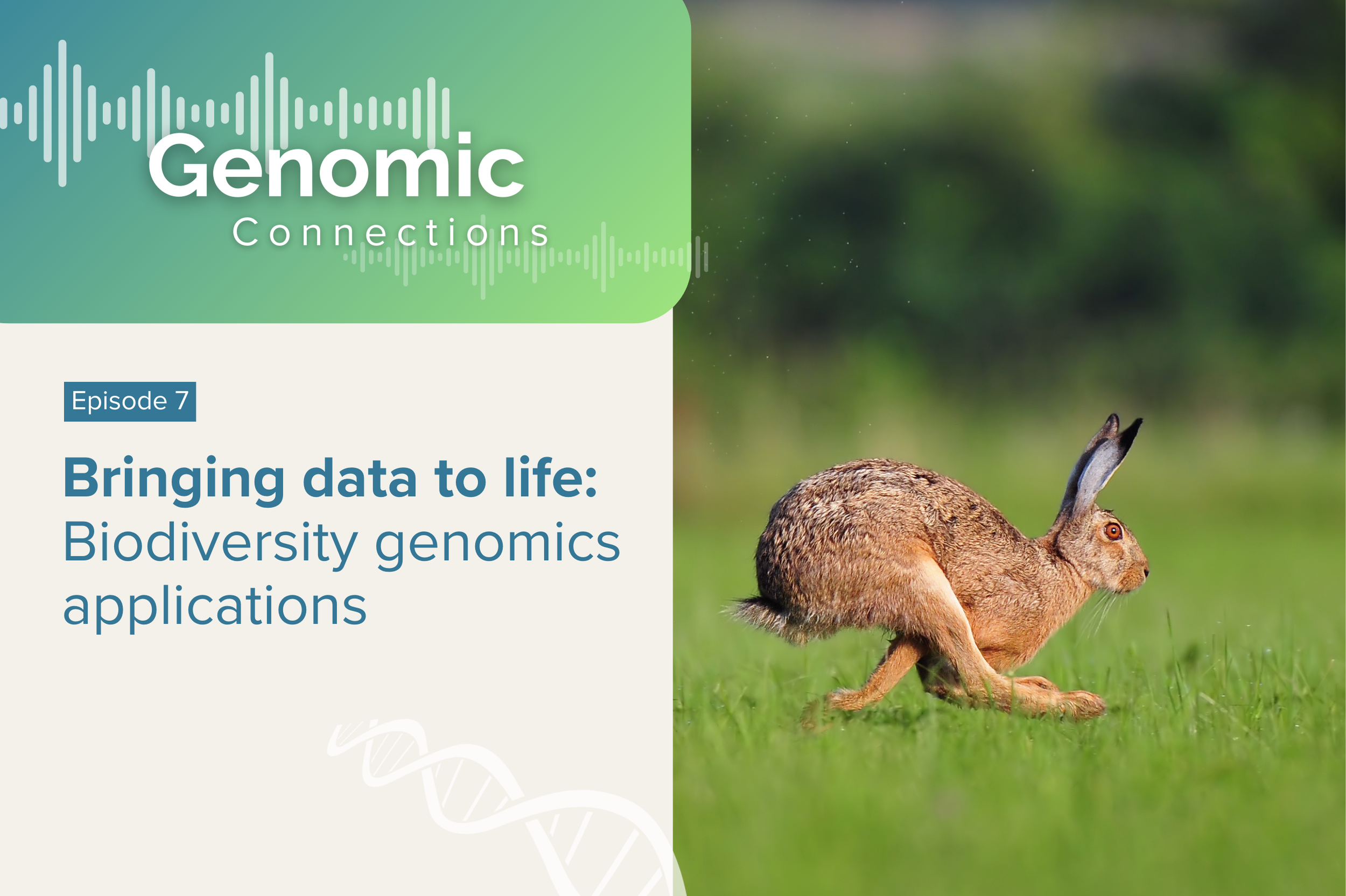The European Reference Genome Atlas (ERGA) and the European node of the International Barcode of Life (iBOL Europe), two international communities of scientists brought together under the Biodiversity Genomics Europe Project (BGE), are joining forces for “Connections,” a series of blog posts that explore the fascinating world of Biodiversity Genomics and the intersection of their communities. To facilitate the understanding of the topics and make them accessible to a wide audience, each Connection comes with a simplified-language version in pdf – the EasyConnection – available at the end of the blog post.
Biodiversity is such a popular term that it’s easy to assume that it has been around for centuries, but, in fact, it is relatively new. The word “Biodiversity” was first coined in 1985 during the National Forum on Biodiversity held in Washington, D.C. Before this, the term “biological diversity” was used, but it was not until the Forum that the term “Biodiversity” took on its current meaning.
Biodiversity itself is a combination of two roots: “Bios” (Βίος), from the Greek word for life, and “Diversity,” derived from the Latin word “Diversitas,” meaning variety or difference.
Together, these two words describe the richness of life forms on Earth, including ecosystems, species – from plants and animals to bacteria, fungi, and microscopic organisms – and the genetic makeup of individual organisms. It is also about how life forms interact and build intricate communities, with each part contributing to something greater than the sum of its parts.
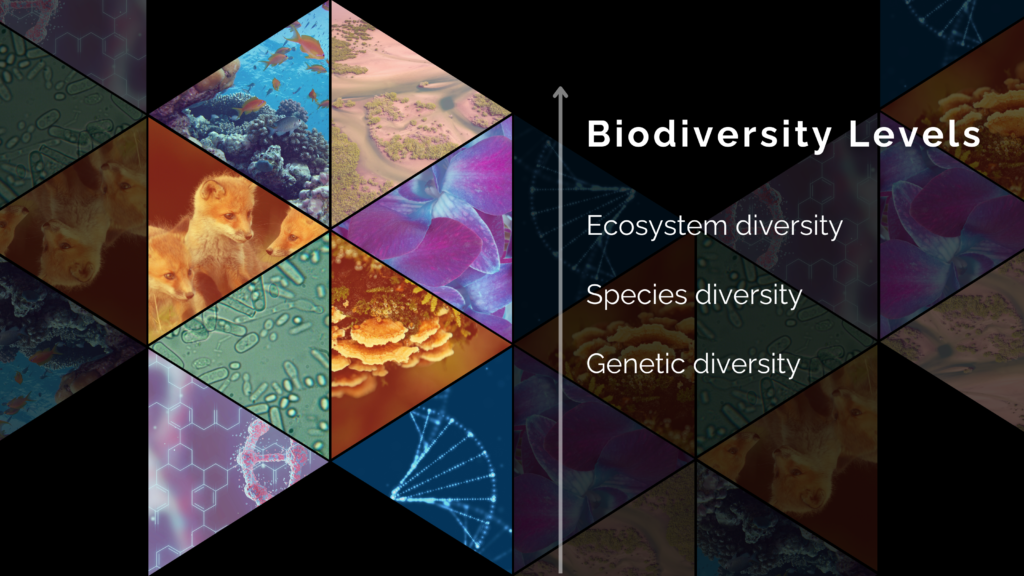
While the concept of biodiversity has existed in scientific circles for years, it was not until the Earth Summit in Rio de Janeiro (Brazil) in 1992 that it gained political traction. At the Summit, representatives from 150 countries signed the Convention on Biological Diversity (CBD). This marked a turning point, with biodiversity being recognised as an environmental issue and a critical factor in economic, social, and cultural well-being. The signing of the CBD was a major step in the international community’s commitment to the preservation and sustainable use of biodiversity, outlining three main objectives: the conservation of biological diversity, the sustainable use of its components, and the fair and equitable sharing of benefits arising from genetic resources. In 2022, the CBD was implemented to conserve the genetic diversity of all species within the Kunming-Montreal Global Biodiversity Framework – until then, it focused on domesticated and farmed species, cultivated plants, their wild relatives and other socioeconomically and culturally important species.
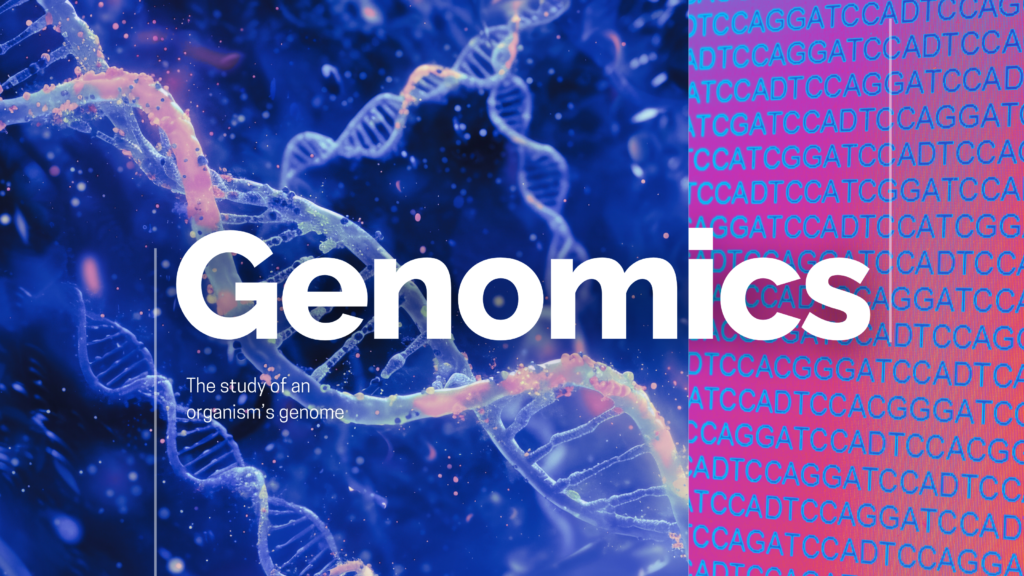
Genomics What exactly is genomics? Genomics is the study of an organism’s genome, which is its entire set of genetic material, and how this information influences its biology. Every single organism within the domain of Eukaryota (which includes plants, animals, fungi, and more) has a genome made up of DNA – the fundamental blueprint of life. Compared to genetics, genomics takes a broader scientific approach: it looks at all the DNA in an organism’s genome, including both the genes that code for proteins and the non-coding regions that do not directly code for proteins but still play essential roles in gene regulation and function. What sets genomics apart from genetics is its comprehensive scope and the level of resolution it offers, allowing us to dive deeper into the complex genetic structure that defines every living being. However, it is worth noting that over recent years, the term genomics has been used more loosely to include areas of genetics and even DNA-barcoding research that use ‘genomics’ technologies.
Genomics is closely tied to biodiversity because it helps us better understand a key overlooked component: “genetic diversity.”
In our next blog post, we will take a closer look at how iBOL Europe and ERGA are advancing our understanding of biodiversity and genomics, shedding light on the complexity of life.
We hope you have enjoyed this brief introduction to the concepts of “Biodiversity” and “Genomics.” Stay tuned for more exciting insights in the upcoming posts!
